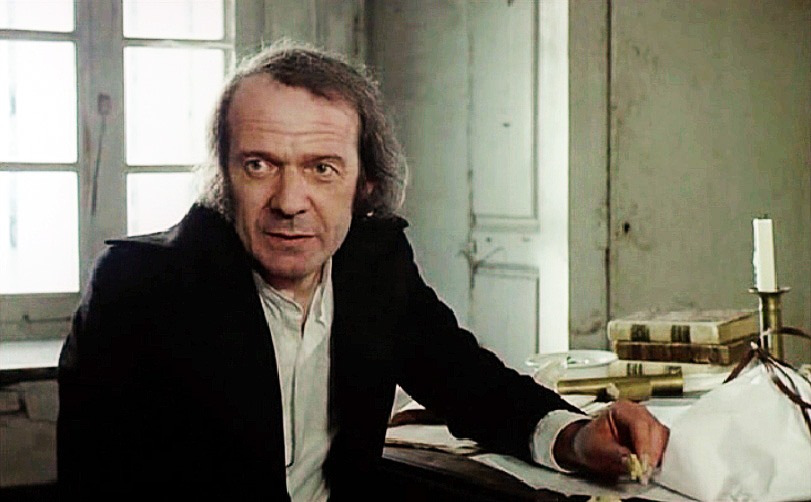On the twentieth anniversary of Gilles Deleuze’s death, the LA Review of Books has gathered together a handful of Deleuze scholars to reflect on the philosopher’s legacy and relevance today. Brian Massumi explains how a thinker as radical as Deleuze became fully assimilated by the academy—and how his radicalism can yet be revived today.
How could it have come to this? What allowed Deleuze to be digested by the institution that spat him out with such distaste for so long (and still does, ironically, in his home country)? Is there any sign of indigestion, or food poisoning, that might offer Deleuze’s thought an expectorant hope of a vivid postprandial afterlife?
It is not that the copious Deleuzian literature has not corrected the misperceptions of the initial reception. And it is not that the literature is of low quality. To the contrary, Deleuze has been blessed with a great many commentators of the highest quality who have skillfully elucidated the finely honed complexity of the conceptual web he weaves, in his solo writings and in tandem with Guattari, and clarified the place of his/their work in the history of thought. What has enabled the academy to swallow Deleuze is more subtle and, because of that, more insidious and powerful than any defect of ideational content or error of interpretation. The incorporation hinged on a change in manners — that is, of manner, as in “way” or “mode.” What happened is that the mode of Deleuze’s thinking underwent a conversion as it poured into the academic gristmill. Deleuze wrote repeatedly of what he called “the image of thought.” This refers to the way in which a movement of thought enacts itself: how it goes about creating concepts, and to what effect…
The academic institution mistakes the active process of understanding as the expression of potential for the transmission of acquired knowledge. The potential force of Deleuze’s thought will survive its incorporation of the academy only where that alternative image of speculative-pragmatic thought revives. For Deleuze to become unassimilable again, that image of thought must be turned back on Deleuze’s own corpus, from whence it came — so as to hoist it on its own singularity. Wrap thinking anew around the singular contours of the texts’ residual energies. Mutually include in the corpus its own as-yet-unknown variations, deleuzes to come, already contained in the smallest details. Matter the deleuzian corpus into becoming again, rebel to digestion. Tweak it, tic it forward. Make it decamp.
